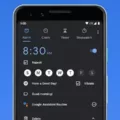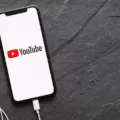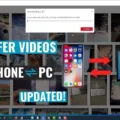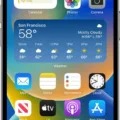Title: Installing iOS on Android: Myth or Possibility?
Introduction:
The debate over installing iOS on an Android device has been a topic of discussion among tech enthusiasts for years. While some may argue that it is technically impossible due to the proprietary nature of Apple’s iOS architecture, others claim that it is feasible by using custom ROMs or ports. In this article, we will explore the concept of installing iOS on Android devices, examining the technical limitations and possible alternatives.
Understanding the Technical Limitations:
1. Proprietary Architecture: iOS is specifically designed to run on Apple devices, utilizing unique hardware and software integration that is not compatible with Android devices. This fundamental difference makes it challenging, if not impossible, to directly install iOS on an Android device.
2. Apple’s Security Measures: Apple maintains strict control over its operating system, implementing robust security measures to protect user data and prevent unauthorized modifications. These security measures make it difficult to bypass Apple’s restrictions and install iOS on non-Apple devices.
3. Hardware Compatibility: iOS is optimized to work seamlessly with Apple’s hardware components, such as the A-series chips and specific sensors. Android devices, on the other hand, have a wide range of hardware variations and manufacturers, making it difficult to ensure compatibility between iOS and Android devices.
Alternatives and Workarounds:
1. Custom ROMs: Some tech enthusiasts and developers have attempted to create custom ROMs that mimic the look and feel of iOS but are based on Android. These ROMs may provide a similar user interface but lack the deep integration and functionality of a genuine iOS experience.
2. iOS Ports: There have been instances where developers have managed to port certain iOS features or apps to Android devices. However, these ports are often limited in functionality, may require advanced technical knowledge, and may not provide the full iOS experience.
3. Emulators: Emulators are software programs that allow you to run an operating system or apps within another operating system. While there are iOS emulators available for Android devices, they are not officially supported by Apple and may not provide a seamless or complete iOS experience.
Conclusion:
Installing iOS on an Android device remains a technical challenge due to the proprietary nature of Apple’s architecture and the fundamental differences between iOS and Android. While some alternatives, such as custom ROMs or ports, may provide a similar appearance, they are not a true iOS experience. It is essential to understand that both iOS and Android offer unique features and functionalities, and it may be more beneficial to embrace the strengths of each platform rather than attempting to merge them.
Can You Install IOS On Android Device?
It is not possible to install iOS on an Android device. iOS is the operating system developed by Apple exclusively for their iPhones and iPads, while Android is the operating system developed by Google for a wide range of devices from various manufacturers.
The primary reason why iOS cannot be installed on an Android device is because the two operating systems are built on different architectures. iOS is based on a proprietary architecture developed by Apple, while Android is based on an open-source architecture.
Additionally, iOS and Android use different hardware components, such as processors, memory, and other internal components. These hardware differences further prevent the installation of iOS on an Android device.
In order to run iOS, you need to have an iPhone or an iPad, as these devices are specifically designed and manufactured to support the iOS operating system. Similarly, Android can only be installed on devices that are specifically designed to support the Android operating system.
Due to the proprietary nature of iOS and the hardware differences between iOS and Android devices, it is not possible to install iOS on an Android device, and vice versa.
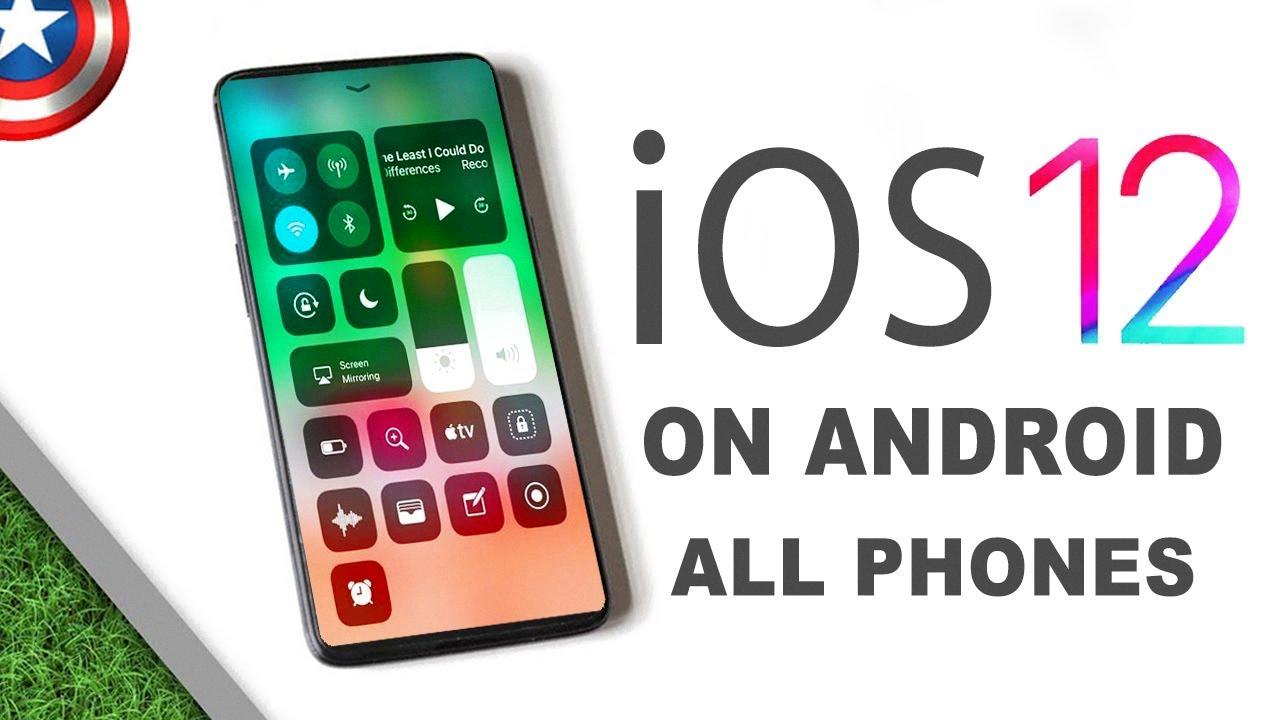
Can I Change My Android OS To IOS?
It is not possible to directly change your Android operating system (OS) to iOS. Android and iOS are two different operating systems developed by different companies (Google and Apple, respectively) and are not compatible with each other.
If you want to switch from an Android device to an iOS device, you will need to purchase an iOS device (such as an iPhone or iPad) and manually transfer your data from your Android device to your new iOS device. Apple provides a tool called “Move to iOS” specifically designed to help users transfer their data from an Android device to an iOS device.
To use the Move to iOS app, you need to download and install it from the Google Play Store on your Android device. Then, follow the instructions provided in the app to initiate the transfer process. The app will guide you through transferring your contacts, messages, photos, videos, bookmarks, and other data from your Android device to your new iOS device.
It’s important to note that while the Move to iOS app can help with transferring data, it won’t convert your Android apps to iOS apps. You will need to manually download and install the equivalent iOS apps from the App Store on your new iOS device. Additionally, some data, such as app data and settings, may not be transferable between different operating systems.
Once you have completed the transfer process, you can start using your new iOS device and enjoy the features and functionality of the iOS operating system.
Can We Flash IOS On Android Phone?
It is not possible to flash iOS on an Android phone. iOS is the operating system developed by Apple specifically for their iPhone devices, while Android is an open-source operating system developed by Google for various smartphone brands.
Each operating system is designed to work exclusively with the hardware and software architecture of its respective devices. Therefore, iOS cannot be directly installed or flashed onto an Android phone.
However, if you are interested in customizing the look and feel of your Android phone to resemble iOS, you might consider using third-party launcher apps or themes that mimic the iOS interface. These apps can be found on the Google Play Store and can provide a similar visual experience to iOS without actually changing the underlying operating system.
It’s important to note that these launcher apps and themes only change the appearance of your Android phone and do not actually convert it into an iPhone or enable iOS-specific features.
If you are looking to experience iOS on an Android phone, your best option would be to consider purchasing an iPhone device, as iOS is exclusive to Apple’s iPhone lineup.
Can IOS Connect To Android?
IOS can connect to Android devices. While iOS and Android are two different operating systems, there are several ways to establish a connection between them. Here are some methods to connect iOS with Android:
1. Third-party Apps: Various third-party apps are available on both the App Store and Google Play Store that allow iOS and Android devices to connect and share data. These apps typically use Bluetooth, Wi-Fi, or a combination of both to establish a connection between the two devices.
2. Bluetooth: Both iOS and Android devices are equipped with Bluetooth technology, which can be used to connect and transfer files between them. However, the functionality and compatibility may vary depending on the devices and their respective versions of Bluetooth.
3. Wi-Fi Direct: Wi-Fi Direct is a feature that allows devices to connect and communicate with each other directly, without the need for a wireless router. Some Android devices support Wi-Fi Direct, which can be used to establish a connection with iOS devices and transfer files wirelessly.
4. Cloud Storage Services: Cloud storage services like Google Drive, Dropbox, and iCloud can be used to sync and share files between iOS and Android devices. Simply upload the files to the cloud storage service from one device and access them from the other device using the respective app or web interface.
5. Email or Messaging Apps: Sending files via email or messaging apps is another way to connect iOS and Android devices. Simply attach the file to an email or message on one device and access it on the other device.
6. USB Cable: While iOS devices do not have a universal USB interface like Android devices, you can still connect an iOS device to an Android device using a USB cable and appropriate adapters. This method may require additional accessories and software to establish a connection.
Keep in mind that the compatibility and ease of connection between iOS and Android devices may vary depending on the specific devices, operating system versions, and available connectivity options. It is recommended to refer to the user manuals or support documentation provided by the manufacturers for detailed instructions on connecting iOS and Android devices.
Conclusion
It is not possible to install iOS on an Android device and vice versa. The architecture and hardware used in Apple’s iOS devices are proprietary and specific to their brand, while Android devices have their own unique architecture and hardware. This means that the operating systems of these two platforms are not interchangeable.
While there may be unofficial methods or hacks available online claiming to allow the installation of iOS on Android devices, these are not recommended and can potentially damage your device or void its warranty. Additionally, these methods are often unreliable and may not provide the full functionality of iOS on your Android device.
If you are looking to switch from an Android device to an iOS device, Apple provides the “Move to iOS” app that can help transfer your data from your Android device to your new iOS device. This app can be downloaded from the Google Play Store and will guide you through the process of transferring your contacts, messages, photos, and other data to your new iOS device.
While it may be tempting to try and install iOS on an Android device or vice versa, it is best to stick with the operating system that is designed for your specific device to ensure optimal performance and compatibility.

